Your Gut on Gluten: Why Removing It Might Change Everything
Ali Segersten Mar 24, 2025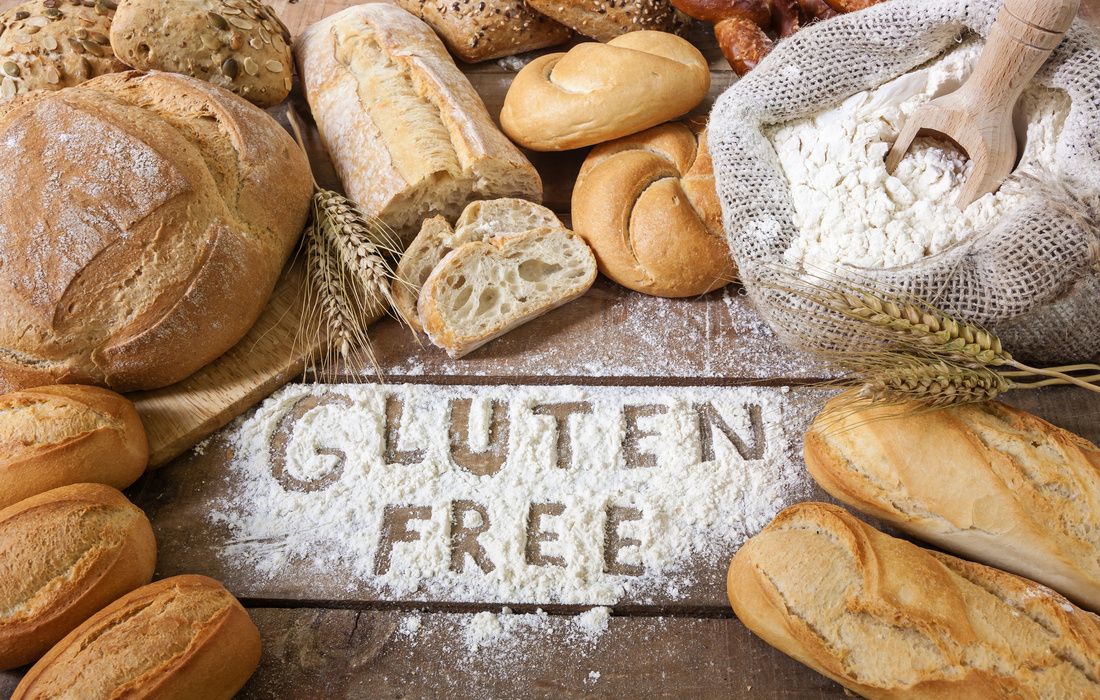
Have you ever wondered if gluten could be silently sabotaging your health—affecting your digestion, brain, skin, hormones, or immune system—even if you’ve never been diagnosed with celiac disease?
You’re not alone. More and more people are waking up to the realization that their daily discomforts—like bloating, fatigue, brain fog, anxiety, joint pain, migraines, or stubborn skin issues—might not be random…but rather connected to something as simple and foundational as what’s on their plate.
Gluten is often viewed as harmless unless you have a medical diagnosis. But emerging research—and the powerful healing stories of those who’ve removed it—tell a different story. For some, gluten is just another protein. But for others, it’s a daily trigger for immune disruption, systemic inflammation, and a slow, quiet breakdown of the gut lining.
If you’ve been searching for answers to symptoms that don’t seem to add up, this might be the missing piece.
Let’s explore what gluten really does inside the body—and why removing it, even temporarily, could be the key to unlocking more energy, clearer thinking, better digestion, and vibrant health from the inside out.
What is Gluten, Really?
Gluten is a sticky, stretchy protein naturally found in wheat, barley, rye, spelt, kamut, and triticale. It’s composed of two smaller proteins—gliadin and glutenin—which give baked goods their elasticity and chewiness. But gluten isn’t just in bread. It’s everywhere:
- As a thickener in sauces, soups, and gravies
- As a fermenting agent in soy sauce, vinegars, and condiments
- In beer, grain alcohols, and medications
- As a binder in processed foods
- Even in cross-contaminated grains like oats, millet, lentils, and buckwheat
The problem? Humans lack the digestive enzymes to completely break down gluten. Instead of reaching your small intestines in tiny groups of amino acids called di- and tri-peptides (made up of 2 or 3 amino acids each), gluten remains in large, undigested fragments—and these fragments can do real damage.
The Immune System’s Overreaction
Our intestinal lining is a highly intelligent barrier. But it can mistake these undigested peptides from gluten for dangerous invaders—like bacteria or viruses.
When this happens, the immune system triggers an inflammatory response. Cytokines (potent inflammatory messengers) are released. These act locally, irritating the gut, and systemically, traveling through the bloodstream to affect the brain, joints, skin, and more.
Gluten exposure has been associated with conditions such as:
- Diabetes and insulin resistance
- Psoriasis and eczema
- Infertility, recurring miscarriages, and low birth weights in newborns
- Migraines and brain fog
- Chronic fatigue syndrome
- Alzheimer's and cognitive decline
- Autoimmune diseases like Hashimoto’s, MS, and rheumatoid arthritis
- Peripheral neuropathy
- Iron deficiency anemia
- Liver disease, depression, and more
Gluten and Leaky Gut: The Zonulin Pathway
One of gluten’s most concerning effects is its ability to trigger the release of a protein called zonulin. Zonulin opens the tight junctions between intestinal cells—creating a phenomenon known as leaky gut (or increased intestinal permeability). In fact, studies suggest that gluten ingestion can cause at least a mild case of leaky gut in all people. In those with a healthy gut and a diverse microbiome filled with beneficial bacteria, this effect is usually short-lived and no damage is done.
However, for individuals with gut dysbiosis, nutrient deficiencies, hyperreactive immune cells, or a genetic predisposition to celiac disease, this leaky gut can persist. When it does, it allows inflammatory compounds to continually seep into the bloodstream, overwhelming the immune system and contributing to a wide range of chronic symptoms and inflammatory conditions. This is why gluten can be so disruptive for certain individuals—and why complete removal is often necessary to give the gut a true chance to heal.
When these junctions remain open:
- Undigested food particles, bacteria, and toxins can leak into the bloodstream
- The immune system responds with widespread inflammation
- Autoimmunity may be triggered or worsened
Even Tiny Amounts Can Harm
For those who are reactive, even trace amounts of gluten can trigger immune activation. Studies in celiac patients show that as little as 50mg of gluten per day (about the size of a breadcrumb) can cause intestinal damage—even without noticeable symptoms. Download our Hidden Sources of Gluten here.
This is why cross-contamination matters:
- Gluten grains are often rotated in fields with lentils or oats
- Grains like millet and buckwheat are processed on shared equipment
- Cross-contact can occur in kitchens, bakeries, restaurants, and home toasters
- Even small exposures may block healing or perpetuate chronic symptoms
Celiac, Sensitivity, Intolerance, or Allergy?
Many people assume that if they don’t have celiac disease, gluten can’t affect them. But this simply isn’t true.
Here’s a breakdown of how gluten can harm, in different ways:
- Celiac Disease: An autoimmune reaction to gluten causing intestinal villous atrophy and nutrient malabsorption. Affects ~1% of the population.
- Non-Celiac Gluten Sensitivity (NCGS): An immune response to gluten, without villous atrophy. Affects up to 10% of people and can produce severe systemic symptoms.
- Gluten Intolerance: Often related to the fructans in wheat (a type of FODMAP), leading to bloating, gas, and IBS-like symptoms.
- Wheat Allergy: An IgE-mediated allergic reaction to wheat proteins.
Over 300 medical conditions have been associated with gluten reactions—including anemia, ADHD, infertility, autoimmune thyroid disorders, chronic fatigue syndrome, and more.

What Can I Eat on a Gluten-Free Diet?
When you first remove gluten, you might wonder: “What do I eat now?” The great news is—you can eat so many nourishing, delicious, and satisfying foods on a gluten-free diet! In fact, if you're just beginning this journey, it’s the perfect time to explore new foods, flavors, and cultural cuisines. Cooking from scratch in your own gluten-free kitchen is the best way to avoid hidden gluten and experience the full benefits of this healing protocol. Choosing whole, unprocessed foods is one of the best ways to protect against cross-contamination and give your body the nutrient density it needs to heal. As you begin to feel better, you’ll discover that this way of eating doesn’t feel limiting—it feels liberating.
Here’s what you CAN eat on a gluten-free diet:
🌱 Vegetables and Fruits
- All fresh vegetables (leafy greens, root veggies, squashes, brassicas, etc.)
- All fresh fruits (berries, citrus, apples, melons, etc.)
🥩 Proteins
- Meats and poultry, preferably from pasture-raised animals
- Wild-caught fish and seafood
- Eggs, preferably from pasture-raised chickens
- Legumes (chickpeas, black beans, navy beans, etc.)
🧀 Dairy (if tolerated)
- Raw or cultured dairy from grass-fed animals
- Ghee or butter (for many, these are better tolerated than milk)
🌾 Whole Gluten-Free Grains (Certified Gluten-Free)
- Teff
- Quinoa
- Brown rice
- Buckwheat
- Millet
- Amaranth
- Sorghum
- Corn (non-GMO and organic when possible)
🛑 Important Note: Make sure your gluten-free grains are certified gluten-free, as many grains are processed on shared equipment with wheat and can be cross-contaminated. This includes oats, millet, lentils, and buckwheat groats. Additionally, although oats themselves are gluten-free, oats contain a different protein that is similar in structure to gluten, called avenin, that some individuals also react to.
🥥 Healthy Fats and Pantry Staples
- Coconut products: coconut milk, butter, oil, flour, nectar
- Gluten-free flours (blanched almond flour, brown rice flour, tapioca starch, etc.)
- Avocado oil, olive oil, and ghee
- Nuts and seeds (and their butters and flours)
- Natural sweeteners: maple syrup, raw honey, coconut sugar, stevia
What You Might Feel When You Remove Gluten
Removing gluten may feel like a big shift at first—but for many, it becomes a turning point in their healing journey. As inflammation settles and the gut begins to repair, you may notice changes that ripple through every part of your body and mind.
Many people experience profound benefits from a gluten-free elimination:
- Improved digestion (less bloating, gas, and discomfort)
- Reduced brain fog and more mental clarity
- Clearer skin, better mood, and improved energy
- Fewer autoimmune flares or migraines
- Better blood sugar balance and reduced joint pain
But this takes time. Clinical experience and research show that a full 100% removal of gluten is necessary for 12 weeks or more—and some may need up to 6 months to see full benefits.
Ready to See How Removing Gluten Could Change Your Health?
The easiest and most powerful way to begin is through a guided elimination diet that supports your body in removing not just gluten, but other common inflammatory foods as well.
Inside my Nourishing Meals® Meal Planning Membership, you'll find:
- Gluten-free, whole food-based weekly meal plans
- Recipes that are easy to prepare and deeply nourishing
- Shopping lists and prep tips to remove the guesswork
- Support for the Remove and Replace phase of your healing journey
Download the Gluten-Free Guide
Looking for a clear, practical resource to help you navigate a gluten-free lifestyle with confidence? This Gluten-Free Guide walks you through how gluten impacts the body, why even trace amounts can matter, and which symptoms are often linked to exposure.
Inside, you’ll find:
- Everyday swaps for common gluten-containing foods
- A quick-reference chart of hidden gluten sources
- A clean, visual layout designed for easy use in your kitchen
Print it, post it, or keep it on your phone—it’s a companion for your healing journey.
✨ Removing Gluten Often Leads to Transformational Healing
Removing gluten may feel overwhelming, but you are not alone. The science is clear. Gluten can cause harm in far more people than previously thought, and removing it can lead to transformational healing. If you’ve tried everything and still feel off, removing gluten could be your missing piece.
Removing gluten isn’t about restriction. It’s about reclaiming your clarity, your energy, and your body’s innate wisdom. It's about creating the space for a new you to emerge.
References:
Fasano, A. (2012). Leaky gut and autoimmune diseases. Clinical Reviews in Allergy & Immunology, 42(1), 71–78. https://doi.org/10.1007/s12016-011-8291-x
Junker, Y., Zeissig, S., Kim, S. J., Barisani, D., Wieser, H., Leffler, D. A., ... & Schuppan, D. (2012). Wheat amylase trypsin inhibitors drive intestinal inflammation via activation of toll-like receptor 4. The Journal of Experimental Medicine, 209(13), 2395–2408. https://doi.org/10.1084/jem.20102660
Lundin, K. E. A., Scott, H. G., Hansen, T., Paulsen, G., Halstensen, T. S., Fausa, O., & Sollid, L. M. (2003). Oats induced villous atrophy in coeliac disease. Gut, 52(11), 1649–1652. https://doi.org/10.1136/gut.52.11.1649
Sapone, A., Bai, J. C., Ciacci, C., Dolinsek, J., Green, P. H., Hadjivassiliou, M., ... & Fasano, A. (2012). Spectrum of gluten-related disorders: consensus on new nomenclature and classification. BMC Medicine, 10(1), 13. https://doi.org/10.1186/1741-7015-10-13
Uhde, M., Ajamian, M., Caio, G., De Giorgio, R., Indart, A., Green, P. H., & Alaedini, A. (2016). Intestinal cell damage and systemic immune activation in individuals reporting sensitivity to wheat in the absence of coeliac disease. Gut, 65(12), 1930–1937. https://doi.org/10.1136/gutjnl-2016-311964
Vazquez-Roque, M. I., Camilleri, M., Smyrk, T., Murray, J. A., Marietta, E., O'Neill, J., ... & Farrugia, G. (2013). A controlled trial of gluten-free diet in patients with irritable bowel syndrome-diarrhea: effects on bowel frequency and intestinal function. Gastroenterology, 144(5), 903–911.e3. https://doi.org/10.1053/j.gastro.2013.01.049

About the Author
Alissa Segersten, MS, CN
Alissa Segersten, MS, CN, is the founder of Nourishing Meals®, an online meal-planning membership with over 1,800 nourishing recipes and tools to support dietary change and better health. As a functional nutritionist, professional recipe developer, and author of The Whole Life Nutrition Cookbook, Nourishing Meals, and co-author of The Elimination Diet, she helps people overcome health challenges through food. A mother of five, Alissa understands the importance of creating nutrient-dense meals for the whole family. Rooted in science and deep nourishment, her work makes healthy eating accessible, empowering thousands to transform their well-being through food.Nourishing Meals Newsletter
Email updates.
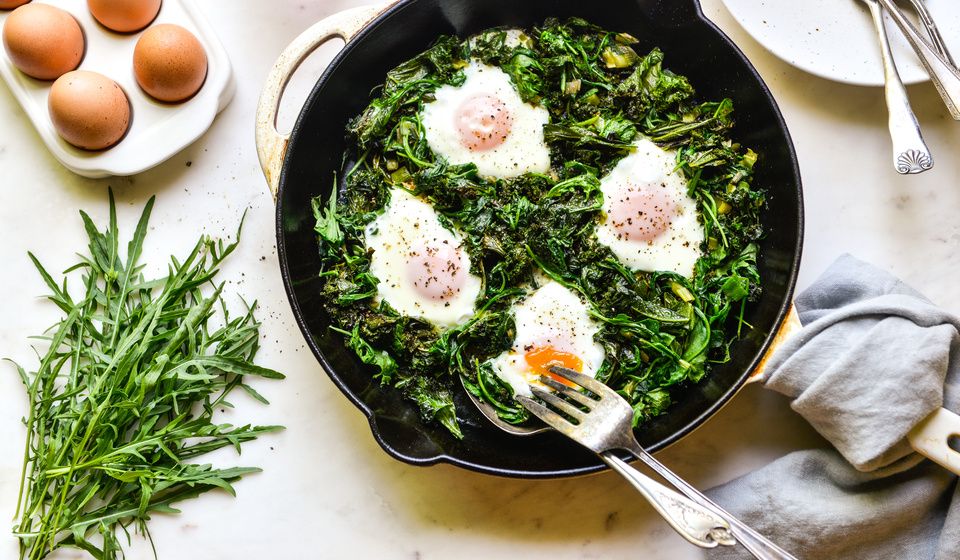
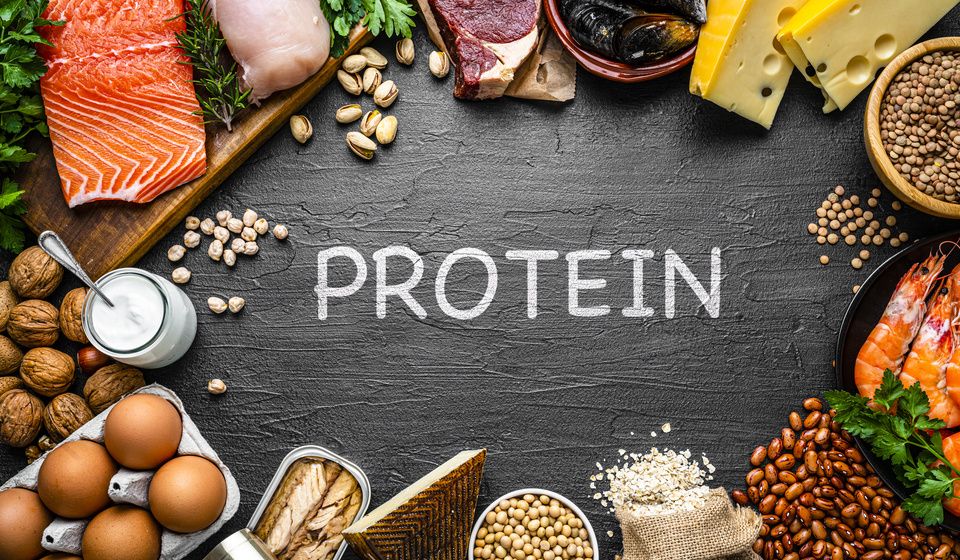
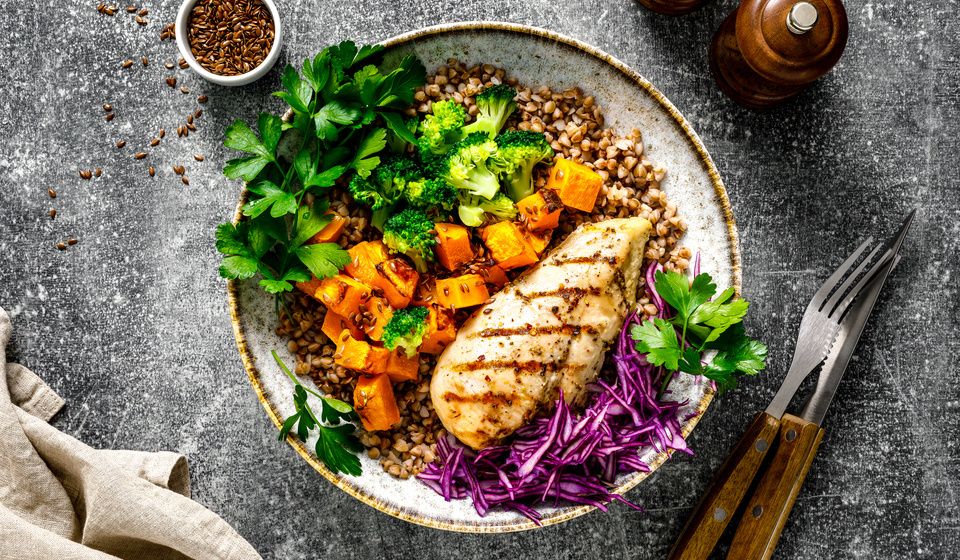

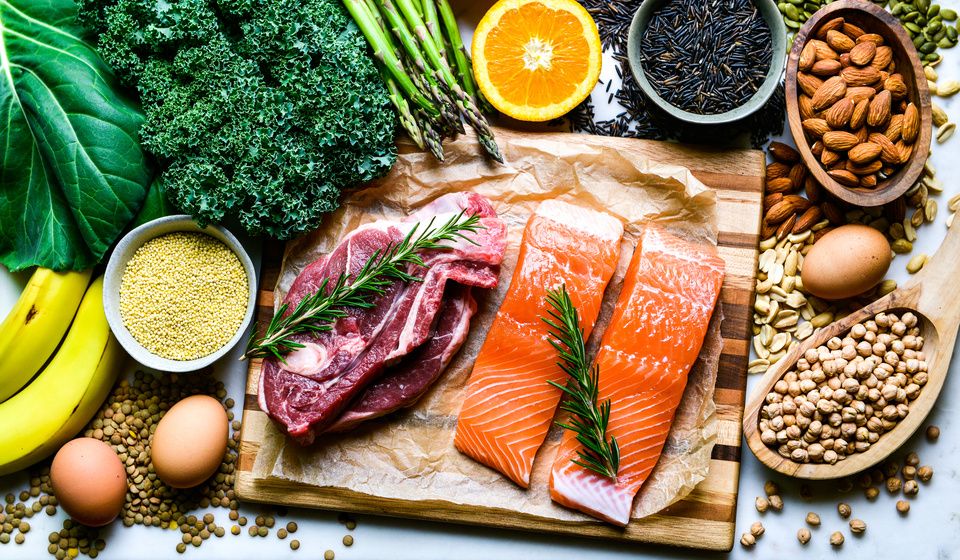
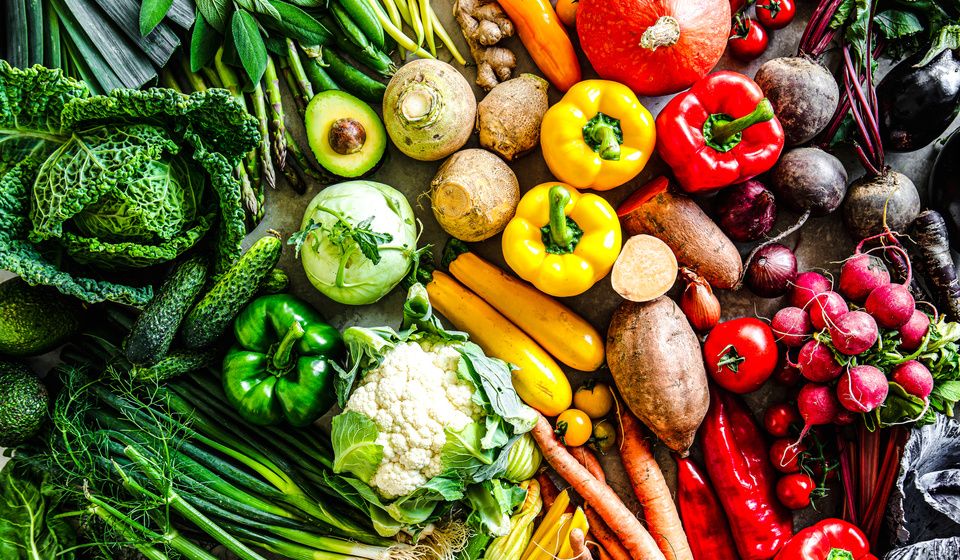
Add Comment